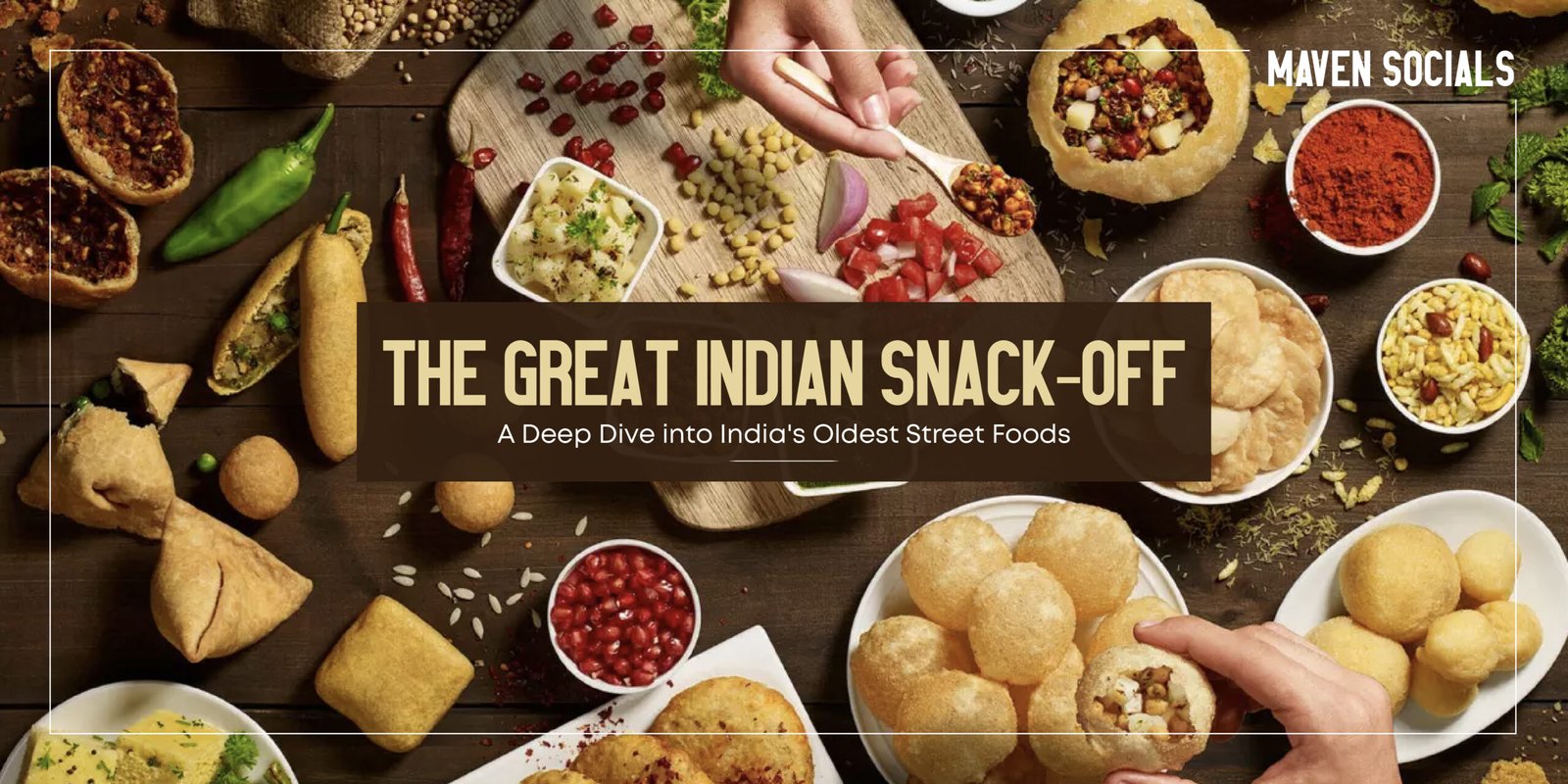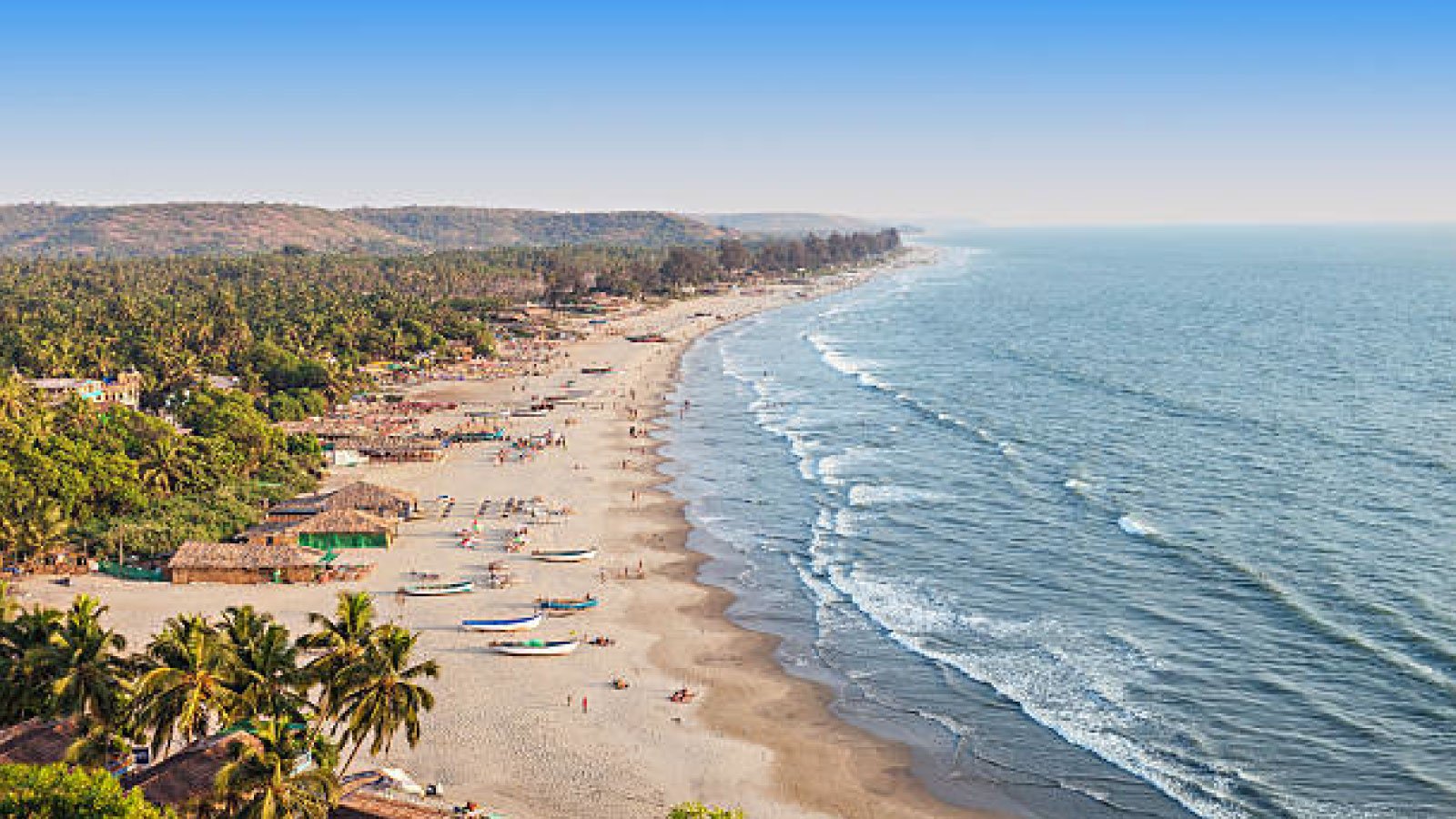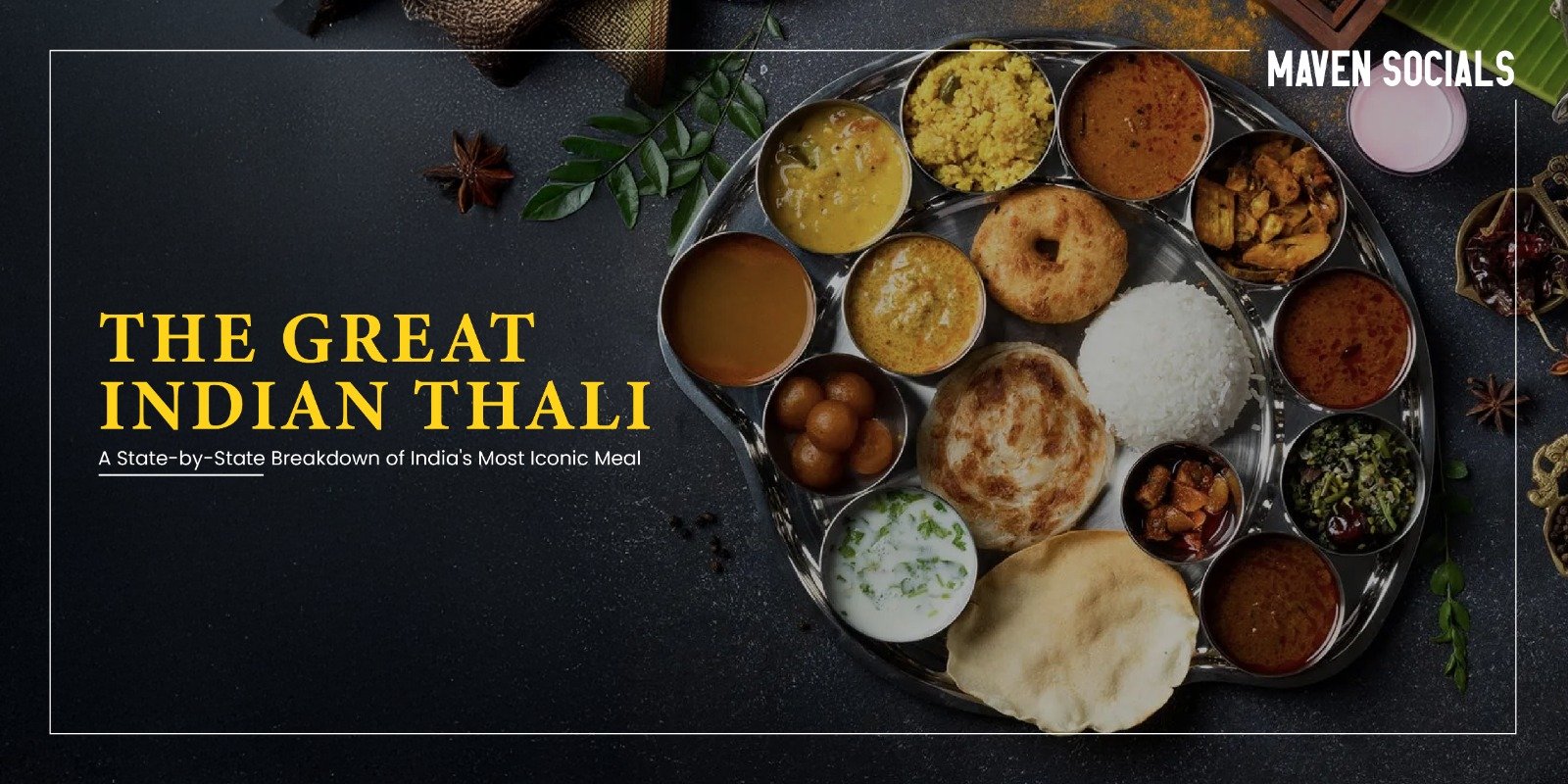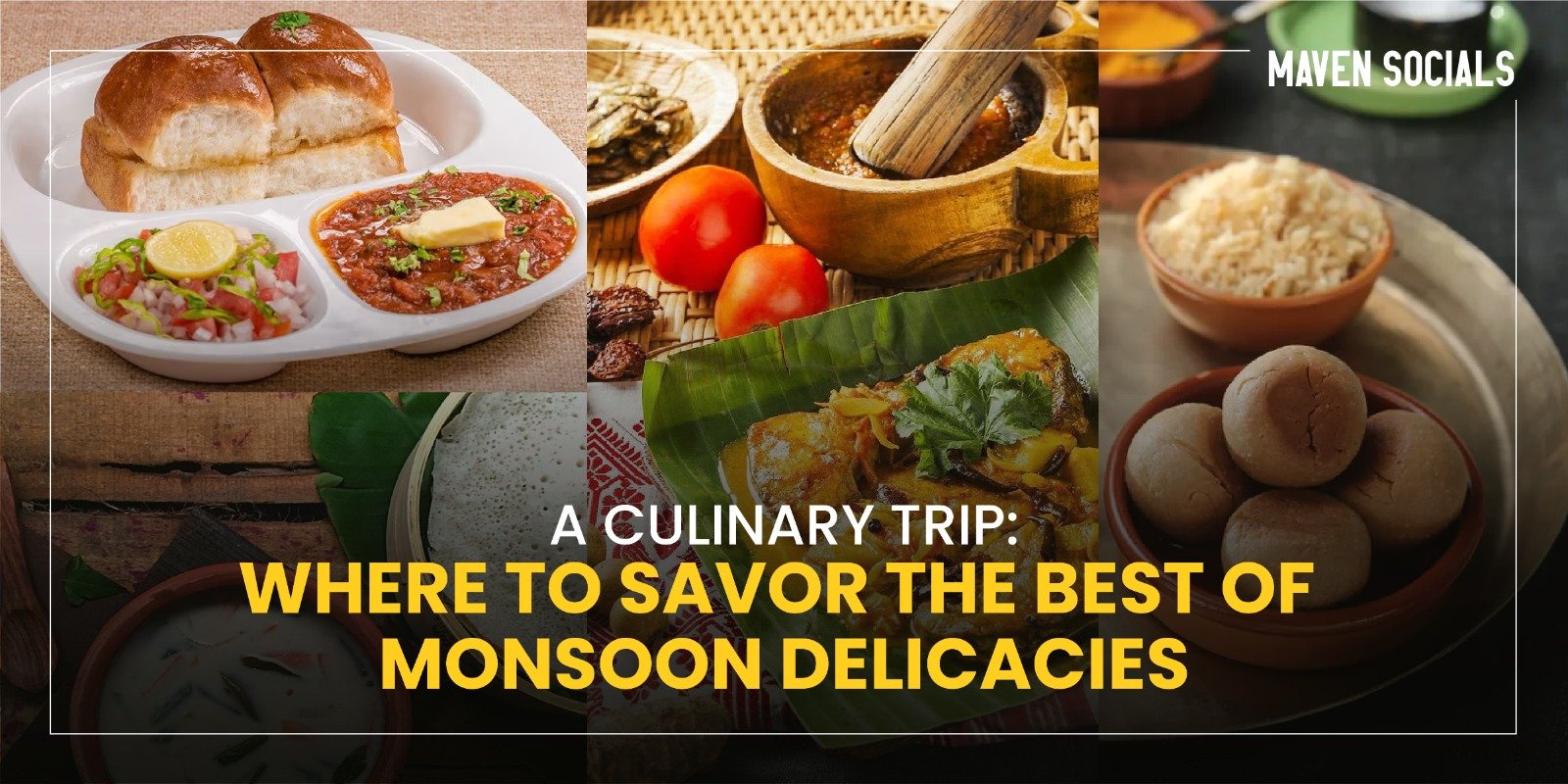A journey through time, taste, and tradition that connects your favorite street snacks to their ancient origins
Picture this: you’re walking down a bustling Indian street, the aroma of freshly fried samosas wafting through the air, the sizzle of kachoris hitting hot oil, and vendors calling out their specialties. What you’re experiencing isn’t just modern street food culture—it’s a culinary legacy that spans centuries, connecting you to ancient traditions, royal kitchens, and timeless recipes that have fed generations.
Welcome to the fascinating world of Indian street food history, where every bite tells a story of cultural exchange, regional adaptation, and culinary evolution that stretches back over a millennium.
The Ancient Roots of Modern Delights
Long before food trucks and modern street vendors, India’s culinary landscape was being shaped by travelers, traders, and conquerors who brought their recipes and techniques across the subcontinent. The street foods we cherish today aren’t recent inventions—they’re the descendants of ancient recipes that have been perfected over centuries.
Take the beloved samosa, for instance. While many assume it’s purely Indian, this triangular treasure actually has roots that trace back to the 10th century. Historical texts suggest that the samosa’s ancestor, called “sambosa,” originated in Central Asia and was brought to the Indian subcontinent by merchants and invaders along the Silk Road. The word itself is derived from the Persian “sambosag,” which appeared in recipes as early as the 13th century.
What makes this culinary journey even more fascinating is how these imported concepts were transformed by local ingredients, cooking techniques, and regional preferences, eventually becoming so integral to Indian cuisine that we can’t imagine our food culture without them.
Legends and Lore: The Stories Behind Our Favorite Snacks
Every iconic Indian street food comes with its own collection of myths, legends, and historical anecdotes that add flavor to their already rich taste profiles.
The Royal Connection: Samosa’s Imperial Journey
The samosa’s journey to India is often attributed to the Mughal era, but food historians suggest it arrived much earlier through Arab and Persian traders. By the 14th century, it had found mention in Amir Khusro’s writings, where he described it as a popular snack among the Delhi elite. The original versions were quite different from today’s potato-filled triangles—they often contained meat, nuts, and dried fruits, reflecting the luxurious tastes of royal courts.
Kachori: The North Indian Favorite with Ancient Origins
The kachori, that crispy, flaky sphere of joy, has its origins deeply embedded in Rajasthani and North Indian culinary traditions. Historical accounts suggest that kachoris were first prepared in the royal kitchens of Rajasthan as early as the 16th century. The name itself comes from the Hindi word “kachora,” referring to its round, enclosed shape. Originally, these were travel-friendly foods designed for long journeys across desert landscapes, filled with ingredients that could withstand heat and time.
Vada: South India’s Ancient Contribution
The vada represents one of India’s oldest documented snack foods, with references appearing in ancient Tamil literature dating back over 2,000 years. The medu vada, in particular, was mentioned in classical Tamil texts as a food offered to deities, later becoming a staple in South Indian households and eventually spreading across the entire subcontinent through cultural exchange and migration.
Regional Evolution: How Geography Shaped Our Snacks
One of the most remarkable aspects of Indian street food is how it has adapted to local tastes, ingredients, and cooking methods across different regions. This regional diversity has created countless variations of the same basic recipes, each carrying the signature of its homeland.
The samosa exemplifies this beautifully. In Punjab, you’ll find larger, meatier versions. Moving south to Tamil Nadu, the samosa transforms into smaller, spicier variants often served with coconut chutney. In Bengal, the singara (Bengali samosa) takes on a different shape and often includes cauliflower or peas as primary fillings.
Similarly, kachoris vary dramatically across regions. Rajasthan’s dal kachori differs significantly from Uttar Pradesh’s aloo kachori, while Bihar’s khasta kachori represents yet another regional interpretation of this beloved snack.
Authentic vs. Modern: The Great Transformation
While these ancient recipes have survived centuries, they’ve also undergone significant changes in the modern era. The advent of commercial food production, changing lifestyles, and global ingredient availability has created a fascinating divide between authentic street food and its mass-produced versions.
Traditional street food preparation involved time-intensive processes, seasonal ingredients, and techniques passed down through generations. Modern versions often prioritize speed, consistency, and shelf life, sometimes at the expense of traditional flavors and nutritional value.
However, this evolution isn’t necessarily negative. Many modern adaptations have made these foods more accessible, hygienic, and affordable for urban populations. The challenge lies in preserving the essence and cultural significance while embracing practical improvements.
The Cultural Significance: More Than Just Food
Indian street food represents far more than mere sustenance—it’s a cultural institution that brings people together across social, economic, and regional boundaries. The street food vendor, or “wallah,” serves as a community figure, often knowing regular customers’ preferences and serving as an informal social hub.
These foods also carry deep nostalgic value, connecting people to their childhood memories, regional identities, and cultural roots. For many Indians, the taste of a perfectly made samosa or a hot, crispy vada can instantly transport them back to specific moments, places, and experiences.
Must-Try Street Food Destinations Across India
To truly appreciate these culinary treasures, experiencing them in their authentic environments is essential. Here are some legendary spots where these ancient recipes continue to thrive:
- Delhi: Chandni Chowk remains the ultimate destination for traditional samosas and kachoris, with some vendors claiming family recipes dating back over 150 years.
- Mumbai: Mohammed Ali Road offers some of the most diverse and flavorful street food experiences, where traditional recipes meet cosmopolitan tastes.
- Kolkata: The city’s street food culture, particularly around College Street and Park Street, showcases Bengali adaptations of classic snacks.
- Chennai: Marina Beach and T. Nagar provide authentic South Indian vada experiences that connect directly to ancient Tamil culinary traditions.
- Jaipur: The Pink City’s street food scene offers the most authentic Rajasthani kachoris, prepared using centuries-old techniques.
Preserving Culinary Heritage for Future Generations
As we continue to enjoy these timeless treats, it’s crucial to recognize and preserve the cultural knowledge, traditional techniques, and historical significance they carry. Each bite connects us to centuries of culinary evolution, cultural exchange, and human creativity.
The next time you savor a hot samosa, crispy kachori, or fluffy vada, remember that you’re not just enjoying street food—you’re participating in a culinary tradition that has survived invasions, adapted to changing times, and continues to bring joy to millions of people across the subcontinent and beyond.
These ancient recipes, born from necessity, perfected through tradition, and preserved through passion, represent the true spirit of Indian cuisine: diverse, adaptable, and eternally delicious.
Whether you’re a food history enthusiast, a street food lover, or someone seeking to connect with India’s rich culinary legacy, these iconic snacks offer a delicious gateway to understanding the complex, fascinating story of Indian cuisine.
Frequently Asked Questions (FAQs)
What is the oldest street food in India?
The vada is considered one of India’s oldest documented street foods, with references appearing in ancient Tamil literature dating back over 2,000 years. The medu vada was mentioned in classical texts as a food offered to deities and has been a staple in South Indian cuisine for millennia.
Where did samosa originally come from?
The samosa originated in Central Asia around the 10th century and was called “sambosa.” It was brought to the Indian subcontinent by merchants and invaders along the Silk Road. The word is derived from the Persian “sambosag,” and by the 14th century, it had become popular among Delhi’s elite during the Mughal era.
What are the most popular Indian street food snacks?
The most popular Indian street food snacks include samosas (triangular pastries filled with spiced potatoes or meat), kachoris (crispy, flaky spheres with various fillings), vadas (savory fried lentil donuts), pani puri, pav bhaji, and chaat varieties. Each region has its own variations and specialties.
Which city in India has the best street food culture?
Delhi, particularly Chandni Chowk, is renowned for having one of the best street food cultures in India, with vendors claiming family recipes dating back over 150 years. Other notable cities include Mumbai (Mohammed Ali Road), Kolkata (College Street), Chennai (Marina Beach), and Jaipur for authentic Rajasthani kachoris.
How has Indian street food evolved from ancient times to modern day?
Indian street food has evolved significantly from its ancient origins. Traditional preparation involved time-intensive processes and seasonal ingredients passed down through generations. Modern versions prioritize speed, consistency, and accessibility while adapting to commercial food production. Regional variations have also emerged, with each area adding its unique flavors and cooking techniques to classic recipes like samosas, kachoris, and vadas.













